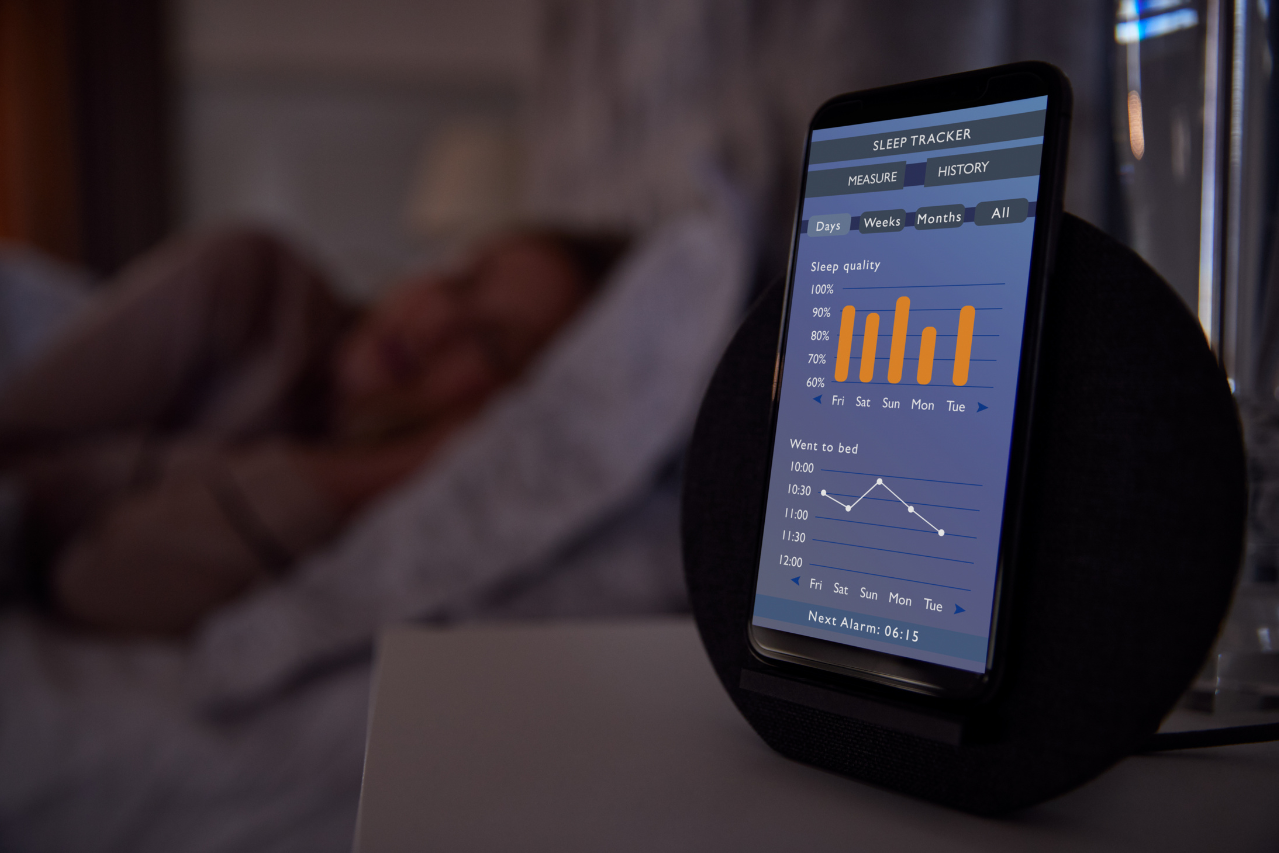The Centers for Medicare & Medicaid Services (CMS) is set to provide coverage for Artificial Intelligence (AI)-enabled Quantitative Coronary Topography (AI-QCT) and Coronary Plaque Analysis (AI-CPA) using Coronary Computed Tomography Angiography (CCTA). This advanced AI technology is now recognized as reasonable and medically necessary for diagnosing coronary artery disease (CAD) in patients with acute or stable chest pain but no known history of CAD, provided specific conditions are met.
Coverage Criteria:
For patients to be eligible for AI-QCT/AI-CPA coverage, they must:
- Present with acute or stable chest pain without a known diagnosis of CAD.
- Be classified as intermediate-risk or placed in CAD-RADS categories 1, 2, or 3 on CCTA, with a negative or inconclusive evaluation for acute coronary syndrome (ACS).
Why CCTA is Gaining Traction
CCTA has emerged as a reliable, non-invasive method for identifying obstructive CAD (defined as greater than 50% stenosis). Studies have demonstrated that CCTA outperforms traditional stress tests, such as exercise electrocardiography and Single Photon Emission Computed Tomography (SPECT), for detecting coronary artery blockages. A normal CCTA result carries excellent short- and long-term prognostic value for both survival and reducing future cardiovascular events.
The 2021 American College of Cardiology (ACC) and American Heart Association (AHA) guidelines reaffirm that CCTA should be a first-line diagnostic tool, particularly for patients with stable symptoms or moderate to high risk of obstructive CAD. This technology offers a superior evaluation of plaque burden and plaque characteristics that could help predict patient outcomes.
Enhancing the Diagnostic Process with AI
While traditional CCTA effectively identifies coronary atherosclerosis, measuring the plaque burden manually can be time-consuming and subject to variability. AI software developed for this purpose can improve the accuracy, reduce the time needed for evaluation, and allow more comprehensive plaque analysis. This AI-driven approach has been validated by gold-standard techniques such as intravascular ultrasound (IVUS) and optical coherence tomography (OCT).
AI-QCT and AI-CPA help physicians measure and classify coronary plaques, including their volume and composition, which provides critical insights into the patient’s risk of future cardiovascular events like myocardial infarction (MI).
Key Findings from Recent Trials
- SCOT-HEART Trial: This landmark study revealed that the addition of CCTA to standard care significantly improved diagnostic certainty for angina. Over five years, patients who underwent CCTA had a lower death rate from CAD compared to those receiving standard care alone (2.3% vs. 3.9%). Moreover, CCTA facilitated the early initiation of preventive therapies, improving overall clinical outcomes.
- PROMISE Trial: In this randomized trial of over 10,000 patients, CCTA was compared to traditional stress testing methods (e.g., nuclear stress testing and stress echocardiography). Although CCTA did not significantly improve clinical outcomes overall, it offered better predictive accuracy for cardiovascular events compared to functional tests, especially in patients with intermediate stenosis.
AI’s Role in Coronary Plaque Analysis
Plaque burden—specifically, the volume and characteristics of atherosclerotic plaque—has been closely linked to the risk of major adverse cardiac events (MACE). However, traditional plaque analysis using CCTA can be laborious and prone to human error. AI-CPA automates this process, offering consistent and rapid assessments.
Several AI tools have demonstrated strong performance in predicting outcomes, such as the CLARIFY Study, which validated AI-assisted plaque analysis against expert readers. The AI software showed excellent accuracy, sensitivity, and specificity in identifying coronary artery stenosis.
Limitations and Future Directions
While AI-QCT/AI-CPA has shown great promise, it’s essential to recognize that certain limitations remain. For instance, the performance of these tools can vary based on patient characteristics, such as vessel size, gender, and ethnicity. Further validation studies are needed to ensure these AI-driven solutions are accurate across diverse populations and different healthcare settings.
Additionally, while AI-enhanced plaque analysis provides valuable insights, overreliance on it for diagnostic decisions may lead to unnecessary invasive procedures in cases of overestimation. Further studies are needed to optimize how this technology is integrated into routine clinical practice, ensuring that its use translates into better patient outcomes.
AI-enabled CCTA and coronary plaque analysis represent a significant leap forward in cardiovascular diagnostics. By improving the speed and accuracy of plaque burden assessments, AI technology helps healthcare providers better identify patients at risk for severe cardiac events and guides treatment decisions. As more data emerges, AI-QCT and AI-CPA could become standard tools in the management of patients with stable or acute chest pain, providing earlier interventions and more personalized care.
With coverage now available from CMS, the integration of these AI-driven diagnostics into clinical practice is expected to expand, offering hope for improved detection and treatment of coronary artery disease across diverse patient populations.
- American College of Cardiology (ACC) – 2021 Chest Pain Guidelines and CAD-RADS Reporting and Data Systems:
- Reference: Gulati, M., et al. (2021). “2021 AHA/ACC Chest Pain Guidelines.” Journal of the American College of Cardiology.
- Link: AHA/ACC Guidelines
- SCOT-HEART Trial – Results on the use of CCTA for diagnosing CAD:
- Reference: Newby, D. E., et al. (2018). “CT Coronary Angiography in Patients with Suspected Angina Due to Coronary Heart Disease.” The New England Journal of Medicine.
- Link: SCOT-HEART Trial
- PROMISE Trial – Study comparing CCTA and functional testing:
- Reference: Douglas, P. S., et al. (2015). “Outcomes of Anatomical vs. Functional Testing for Coronary Artery Disease.” The New England Journal of Medicine.
- Link: PROMISE Trial
- PARADIGM Study – Evaluating plaque burden using CCTA:
- Reference: Min, J. K., et al. (2016). “Coronary Atherosclerosis Detected by Coronary CT Angiography and Risk of Major Adverse Cardiac Events.” JAMA.
- Link: PARADIGM Study
- CLARIFY Study – AI-driven coronary artery segmentation and plaque quantification:
- Reference: Doris, M., et al. (2019). “Coronary CT Angiography: A Comparison of AI-Driven and Expert Reader-Based Quantitative Plaque Analyses.” Journal of Cardiovascular Computed Tomography.
- Link: CLARIFY Study
- Society of Cardiovascular Computed Tomography (SCCT) – Expert Consensus on CCTA:
- Reference: Cury, R. C., et al. (2022). “CAD-RADS™ 2.0: A New Standard in Coronary Artery Disease Reporting.” Journal of Cardiovascular Computed Tomography.
- Link: CAD-RADS 2.0




